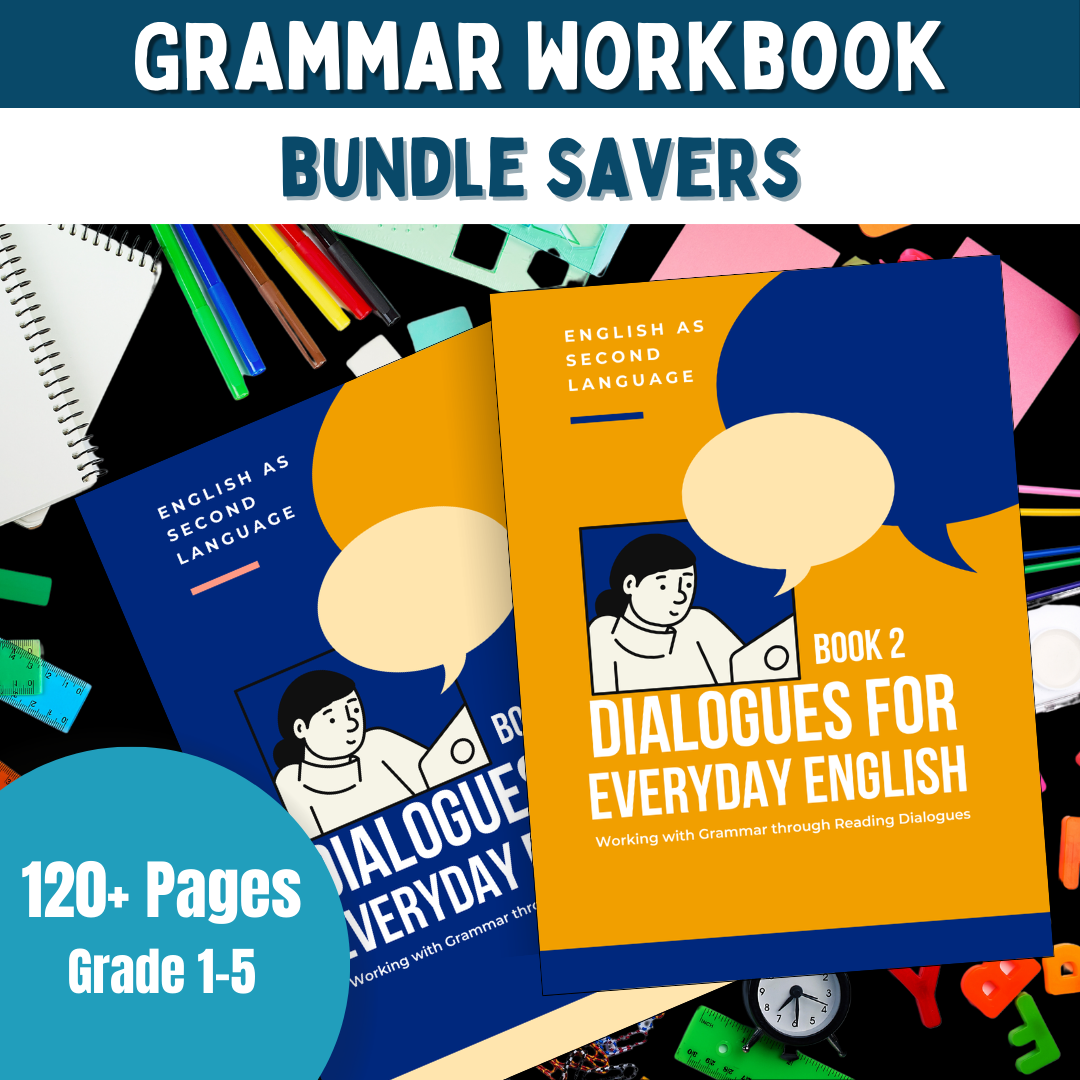How to Use this Book
The dialogues in this book were developed for actual classrooms by a team of elementary teachers. Instead of merely lecturing and teaching dryly, the lessons in this book lend themselves to a more dynamic and enjoyable style of teaching. It is important to note that this book is not intended for solitary learning; the content of this book requires a teacher who can explain the words and concepts provided, teach the correct intonation and pronunciation, and guide the students to a more thorough understanding than would be possible on their own.
The worksheets in this book are designed so that students will be able to read the instructions and understand on their own. In the beginning, the teacher may need to introduce the worksheets, explain the material, and explain the words in the directions. Soon, the students should be able to read the directions on their own, which, in and of itself, will provide the students with a more functional and useful understanding of the material.
Sample Lesson Plan
1. Review the previous lesson(s) / allow the students to choose and read their favorite dialogue from previous lessons.
2. Read the current lesson’s dialogue aloud for the students to hear. Explain the new vocabulary words, and let students practice pronouncing them.
3. Choose two students to read the dialogue.
4. Choose two more students to read the dialogue.
5. Play “Yell Out the Answer.”
6. Explain the accompanying worksheet, and allow the students 5-10 minutes to complete the exercises.
7. Choose two students to read the dialogue one more time.
8. Review the spelling of the vocabulary words.
9. Allow time for volunteers to attempt to memorize and recite the dialogues.
The above lesson plan can take a minimum of 30 minutes and potentially a full hour, depending on the size and energy level of the class.
Here are some ideas that can make this book more enjoyable for both the students and the teacher:
One Line at a Time
Instead of reading the entire dialogue at once, try a more gradual approach: Have each student take turns standing up and reading the first line of the dialogue. After every student has read, progress to the second line, then the third line, etc. By the time you reach the end of the dialogue, each student should be capable of reading the dialogue as a whole.
Yell Out the Answer
After teaching a particular lesson to a class (or a student), have them all close their books. You, the teacher, then read the dialogue, pausing when you come to the vocabulary words. See if the students can “fill in the blanks” by yelling out the correct word(s). For beginner classes, it may be necessary to write the vocabulary words on the board.
Review – Choose your Favorite Dialogue
Periodically, tell the students to look through their book and choose their favorite dialogue. After each child has chosen a dialogue, have them stand, one at a time, and read it aloud. This is an extremely effective method of reviewing and reinforcing the material and making it enjoyable for the children.

